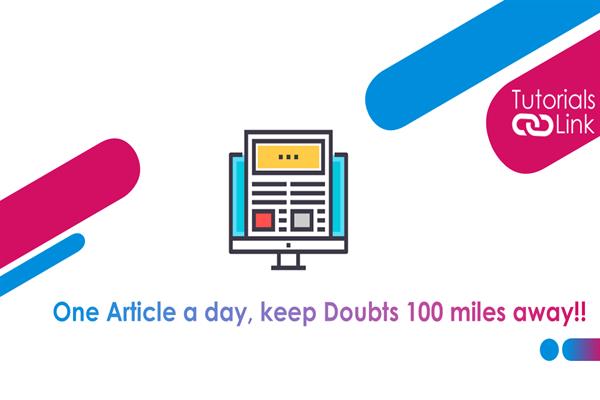What is DMARC
Email has become an integral part of modern communication, both for personal and business purposes. However, with the increasing volume of spam, phishing attacks, and email fraud, ensuring the security and authenticity of email messages has become more critical than ever. To combat these challenges, organizations and email service providers have adopted various security measures, one of which is DMARC (Domain-based Message Authentication, Reporting, and Conformance). In this article, we will delve into what DMARC is, how it works, and its significance in enhancing email security.
What is DMARC?
DMARC, an acronym for Domain-based Message Authentication, Reporting, and Conformance, is an email authentication protocol that enables domain owners to protect their domains from unauthorized use and prevent email-based attacks such as spoofing and phishing. It builds on existing email authentication technologies, specifically SPF (Sender Policy Framework) and DKIM (DomainKeys Identified Mail), to provide a comprehensive framework for email validation and reporting.
The Three Components of DMARC
DMARC comprises three primary components: SPF, DKIM, and a policy component. Let's explore each component in detail:
SPF (Sender Policy Framework):
SPF is an email authentication method that allows domain owners to define a list of authorized email servers that are permitted to send emails on their behalf. By publishing SPF records in the DNS (Domain Name System), domain owners can specify which IP addresses or domains are authorized to send email from their domain. When an email is received, the recipient's email server checks the SPF record to verify if the sending server is authorized. SPF helps prevent unauthorized use of a domain for sending spam or fraudulent emails.
DKIM (DomainKeys Identified Mail):
DKIM is another email authentication technique that uses digital signatures to verify the authenticity and integrity of email messages. With DKIM, the domain owner generates a pair of cryptographic keys: a private key for signing outgoing messages and a public key stored in the DNS. When an email is sent, the sending server signs the message using the private key, and the recipient's server can verify the signature using the public key. DKIM ensures that the email content has not been tampered with during transmission and confirms that the message originated from the claimed domain.
Policy Component:
The policy component of DMARC allows domain owners to define the actions to be taken by receiving email servers when an email fails authentication checks. The policy can be set to one of three levels: "none," "quarantine," or "reject."
"none" indicates that the recipient's server should take no action based on DMARC results. However, DMARC-compliant servers will still generate and send reports.
"quarantine" advises the recipient's server to treat suspicious emails as potentially fraudulent and deliver them to the recipient's spam or quarantine folder.
"reject" instructs the recipient's server to reject emails that fail DMARC authentication entirely. These emails will not reach the recipient's inbox.
How DMARC Works
DMARC brings together SPF and DKIM authentication mechanisms to validate the authenticity of incoming email messages. When a recipient's email server receives an email, it checks the SPF record to verify the sending server's authorization. It then checks the DKIM signature to confirm the email's integrity and origin. If both authentication checks pass, the email is considered legitimate.
In cases where an email fails the SPF or DKIM checks, the recipient's server consults the DMARC record published by the domain owner. The DMARC record specifies how the recipient's server should handle failed authentication cases. Additionally, DMARC enables domain owners to request that participating email servers send feedback reports containing information about failed authentication attempts.
The Importance of DMARC
DMARC offers several significant benefits that contribute to email security and trust:
Protection against Domain Spoofing and Phishing Attacks:
DMARC prevents cybercriminals from impersonating legitimate domains by sending fraudulent emails. By authenticating emails through SPF and DKIM checks, DMARC ensures that only authorized servers can send emails on behalf of a specific domain. This significantly reduces the risk of domain spoofing and phishing attacks.
Enhanced Email Deliverability:
Implementing DMARC can positively impact email deliverability. When a domain adopts DMARC, it demonstrates a commitment to email security and legitimacy. Email service providers and recipient servers often trust domains with DMARC records, reducing the likelihood of legitimate emails being flagged as spam or ending up in recipients' junk folders.
Visibility and Reporting:
DMARC provides domain owners with valuable insights through feedback reports. These reports, sent by participating email servers, provide information about the authentication status of emails sent from the domain. By analyzing these reports, domain owners can identify potential email abuse, unauthorized usage, or misconfigured email servers, allowing them to take corrective measures and maintain a healthy email ecosystem.
Collaboration and Industry Standardization:
DMARC is widely supported by major email service providers and industry organizations. Its adoption encourages collaboration among email service providers, domain owners, and other stakeholders to combat email-based threats collectively. This collaboration promotes the standardization of email authentication practices, leading to a more secure and reliable email ecosystem overall.
Conclusion
As email continues to be a primary mode of communication, securing and authenticating email messages has become imperative. DMARC provides a robust framework for email authentication, leveraging SPF and DKIM protocols to prevent domain spoofing, phishing attacks, and unauthorized email usage. By implementing DMARC, domain owners can enhance email security, improve deliverability, gain valuable visibility through reporting, and contribute to the standardization of email authentication practices. Embracing DMARC is a vital step toward safeguarding email communication and maintaining trust in the digital landscape.





